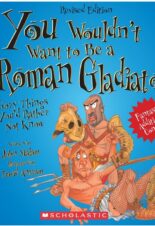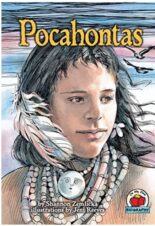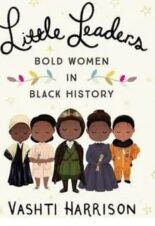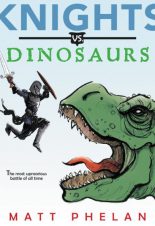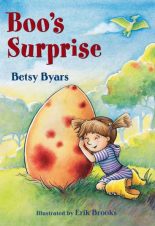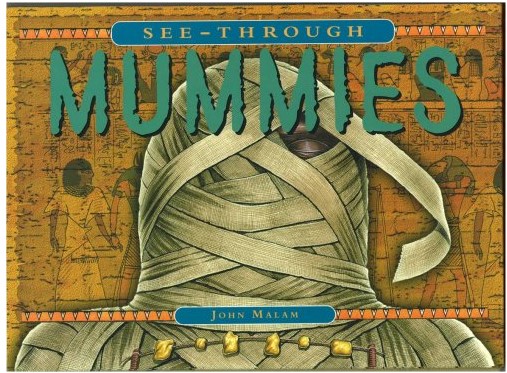
Buy This Book
Other books by John Malam
“Human bodies were mummified because the Egyptians believed their ‘owners’ still needed them after they died. To the Egyptian way of thinking, death was not the end of a person’s life. Rather, it was another stage in a person’s life cycle.”– See-Through Mummies
See-Through Mummies
by John Malam
Teaches About Culture
8+
Score
5.2
32
From the pyramids at Giza to the discovery of Tutankhamun’s tomb, mummies—those ancient and awesome figures of the dead—are among the most fascinating and surprising mysteries of the ancient world. Now you can travel back in time and look beneath the mummy’s bandages as it goes from dead to perfectly preserved, all in just a few months.
Featuring clear pages that allow the reader a glimpse beneath the surface, See-Through Mummies will show you the secrets, legends, methods, and the exact step-by-step science of the practice of creating ancient mummies. Readers will not only learn how and why mummies were made, they will also unravel the secrets of the Book of the Dead, the legend behind Egyptian gods and goddesses, the inside story of Osiris, the very first mummy, and will glimpse the riches of tombs treasures as only a see-through page can show them.
So, open your eyes and prepare to be amazed. With this book, you won’t just see mummies; you’ll see through them.
See-Through Mummies is a beautifully illustrated book that breaks the Egyptian’s beliefs and mummification process into short informational sections. Each section has a bold title that clearly labels what the text is about. Illustrations show the mummification process with captions that explain each illustration. In addition, many pages have an infographic titled “Mummy Matters.” The infographic uses a bullet point list with additional facts, such as, “The valuable heart was left in the body. The worthless brain was thrown away.”
The book gives step-by-step instructions on how to mummify a person and explains the Egyptian’s beliefs regarding the afterlife. For example, before being allowed into the afterlife, each person’s heart would be weighed. If they lead an evil life, they would be condemned to a second death. “The prospect of dying for a second time filled Egyptians with horror. It was the worst thing that could possibly happen to them.” Ammut was a monster called the “‘devourer of the dead’ because she ate the hearts of those who had led wicked lives. She was feared by all, and everyone knew that once she had eaten a person’s heart, they could never reach the afterlife.” Squamish readers may find the descriptions of the mummification process upsetting.
The book’s format will instantly engage readers with the illustrations that mimic an ancient scroll. Each page has a border with brightly colored symbols, but the illustrations use earth tones. While none of the illustrations show gory detail, several of them include blood flowing from a body. Each illustration helps the reader understand the Ancient Egyptian’s beliefs. For example, the journey to the afterlife illustrates the steps involved in the weighing of the heart ceremony, along with captions explaining the illustration. The transparent pages are strong and will not tear; plus, they give the mummification process an added element because they allow the reader to see each step.
Everyone who is interested in Ancient Egypt or mummies should read See-Through Mummies. This fascinating book breaks facts into easily manageable sections, and the illustrations help readers understand the Egyptians’ beliefs. Learn more about Ancient Egypt by reading The Curse of King Tut’s Mummy by Kathleen Weidner Zoehfeld, the TombQuest Series by Michael Northrop, and the Kid Detective Zet Series by Scott Peters.
Sexual Content
- None
Violence
- The God Osiris was married to his sister Isis. Their brother Seth was jealous of Osiris and tricked him into getting into a coffin. “Seth shut the lid and threw the coffin into the Nile River, and Osiris drowned. . .” Later, Seth found the body and “ripped his body into fourteen pieces, which he scattered across Egypt.”
- Isis was sad that Osiris was scattered over Egypt, so she searched for the body parts. “She found them all save one, which a great fish had swallowed.” Osiris’s body was mummified, and Isis “blew life into Osiris, and he was reborn, not to live in this world, but to live for all time in the afterlife.”
- During the embalming process, the brain was removed. “It was pulled out in bits through the left nostril or scooped through a hole in the base of the skull.”
- Some people believe King Tutankhamun was murdered.
Drugs and Alcohol
- During embalming, “the body could be washed with wine made from the fruit of palm trees.”
Language
- None
Supernatural
- After a person “entered the afterlife, he or she was able to use supernatural powers. These powers could be put to good use, helping to solve problems for the living. However, they could also harm the living, causing them illness or trouble in the form of curses.”
Spiritual Content
- The ancient Egyptians believed in many gods. The book references the gods Horus and Thoth. “Horus, who was the son of Osiris, was the god of eternal life. Thoth was the god of wisdom and writing.”
- After a person died, embalmers took away the body, and “priests attended to the body of a dead person, offering spells and prayers, and preparing it for the embalming process.”
- While a person was being embalmed, “priests recited sacred words from the Book of the Dead. This was a collection of around three hundred spells, all of which were designed to help the dead person travel to the afterlife.”
- When a body was wrapped in linen, “Amulets and spells were placed between the layers. . . During the wrapping, priest chanted spells each time a new piece of linen was put in place. . . the spells were also designed to protect the person’s akh, helping it on its way to the next life where it would live again.”
Other books by John Malam
“Human bodies were mummified because the Egyptians believed their ‘owners’ still needed them after they died. To the Egyptian way of thinking, death was not the end of a person’s life. Rather, it was another stage in a person’s life cycle.”– See-Through Mummies
Latest Reviews
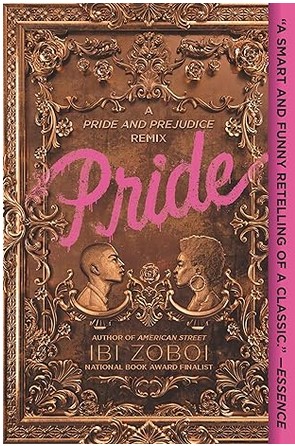
Pride: A Pride & Prejudice Remix
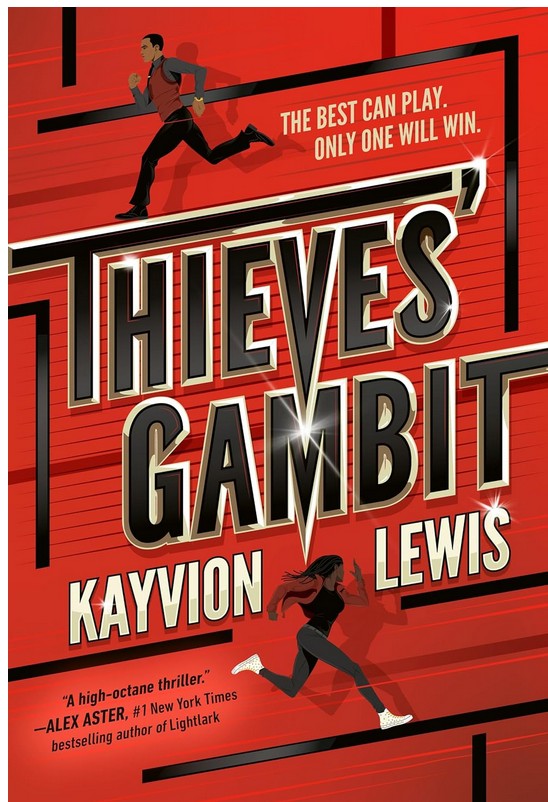
Thieves’ Gambit #1
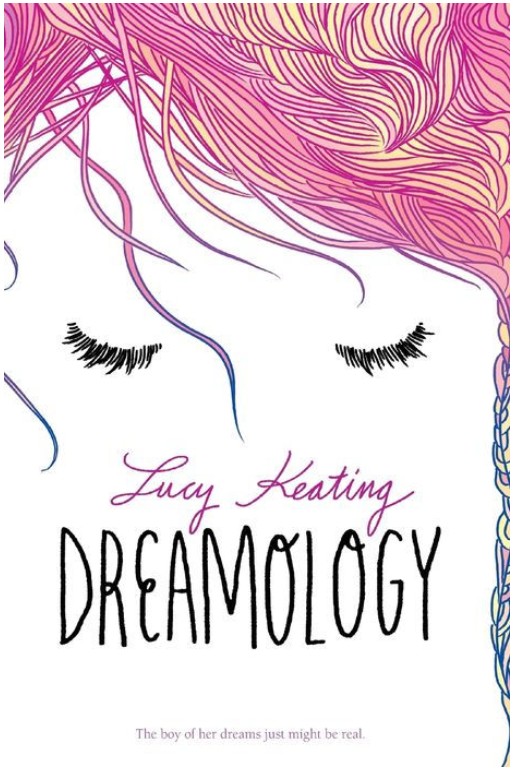
Dreamology
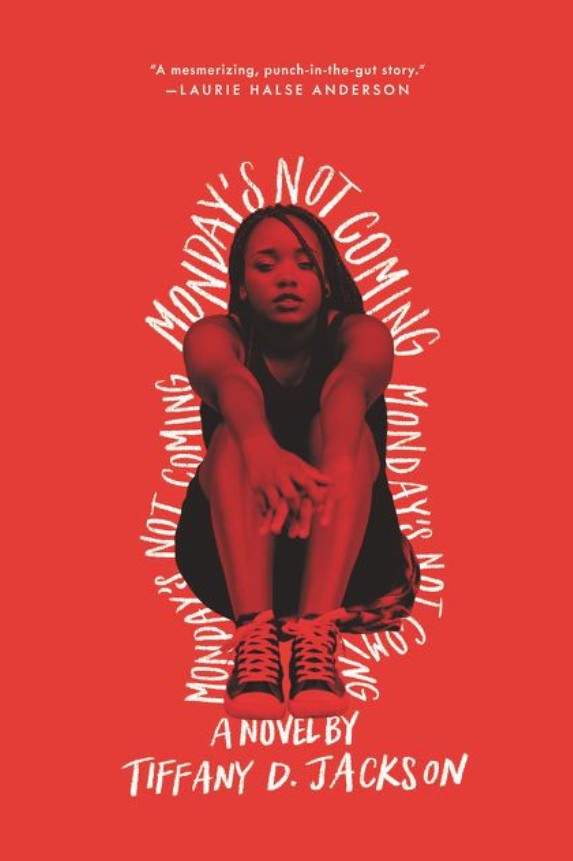
Monday’s Not Coming
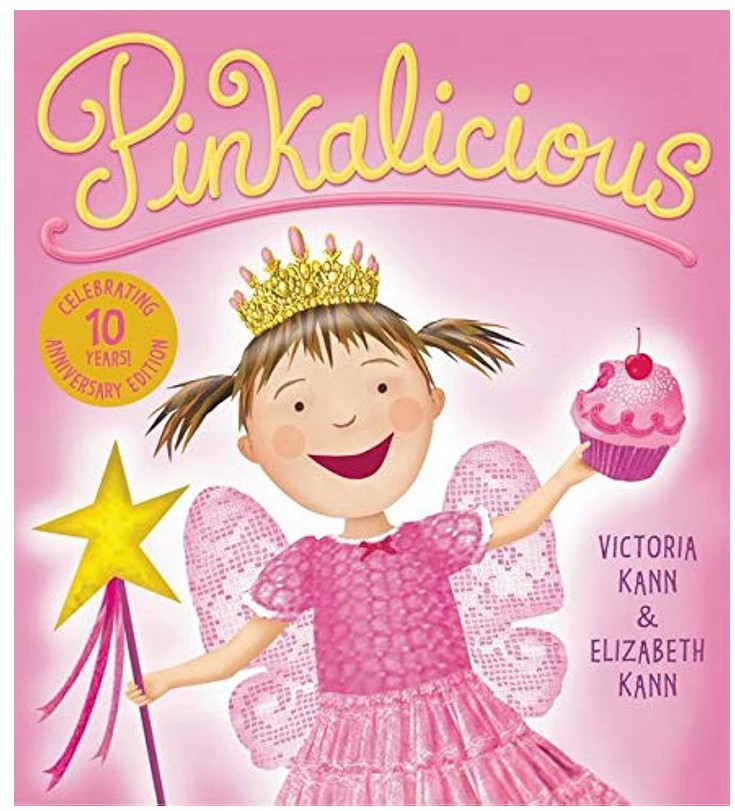
Pinkalicious

Driven
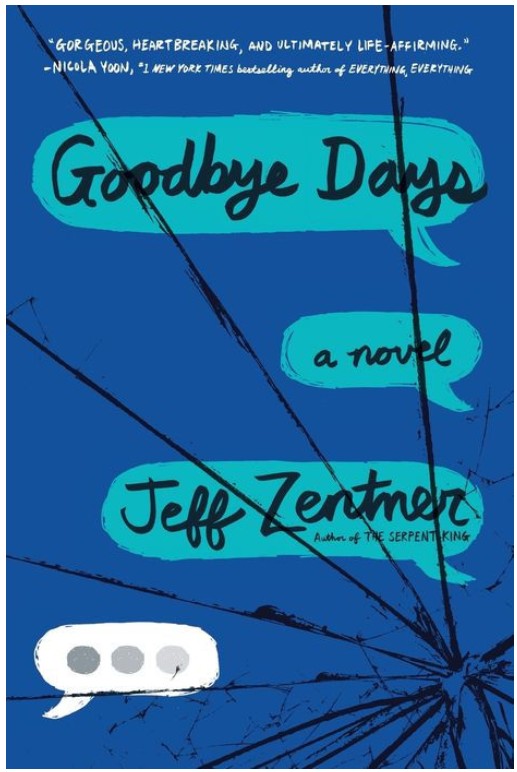
Goodbye Days

Blood of Troy

Will’s Race for Home

